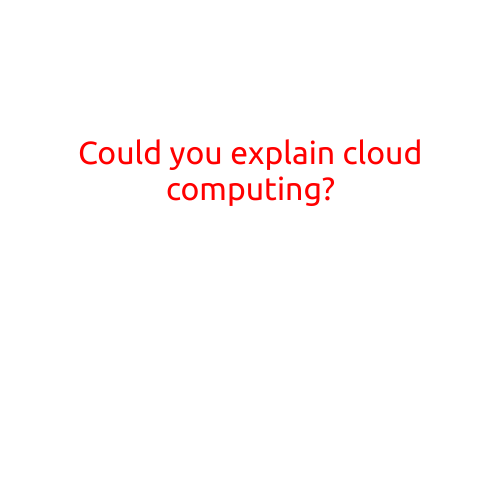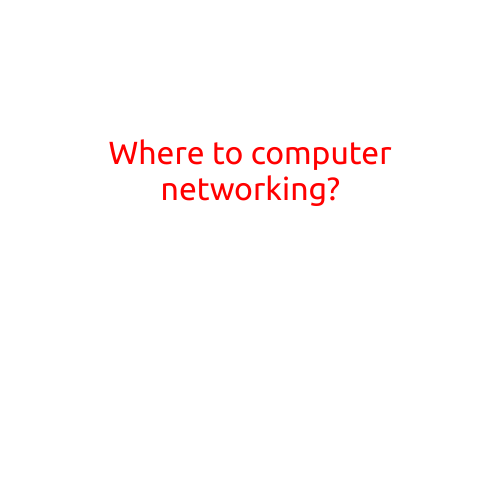
Here is an article with the title “Could you explain cloud computing?”:
Could you explain cloud computing?
Cloud computing is a term that has become increasingly familiar in today’s technology-driven world, but for those who are still unsure, it can be a confusing concept. In this article, we’ll break down the basics of cloud computing and explore how it has revolutionized the way we use technology.
What is cloud computing?
Cloud computing is a model of delivering computing services over the internet. Instead of storing and processing data on local computers or servers, cloud computing allows users to access shared resources, such as servers, storage, and software applications, over the internet. This means that users can access and use these resources from anywhere, at any time, without having to install or manage the infrastructure themselves.
How does cloud computing work?
Cloud computing works by creating a virtual infrastructure, often referred to as a “cloud,” that is hosted remotely. This infrastructure is comprised of multiple servers, storage systems, and networking components that work together to provide a scalable, on-demand computing environment.
Users can access the cloud through a variety of devices, including laptops, smartphones, and tablets, through a secure internet connection. Once connected, users can access a range of cloud-based services, such as:
- Infrastructure as a Service (IaaS): Users can provision and configure virtual machines, storage, and networking resources, allowing them to build and deploy complex applications.
- Platform as a Service (PaaS): Users can develop, deploy, and manage applications using cloud-based software tools and development frameworks.
- Software as a Service (SaaS): Users can access software applications over the internet, eliminating the need to install, configure, and maintain the software locally.
Benefits of cloud computing
Cloud computing offers a range of benefits, including:
- Scalability: Cloud resources can be quickly scaled up or down to meet changing demands, eliminating the need for costly infrastructure upgrades.
- Flexibility: Cloud services can be accessed from anywhere, at any time, making it easier to work remotely or collaborate with others.
- Cost-effectiveness: Cloud computing eliminates the need for upfront infrastructure investments, reducing costs and improving financial flexibility.
- Reliability: Cloud providers typically offer built-in redundancy and backup systems, ensuring high availability and minimizing the risk of data loss.
Examples of cloud computing in action
Cloud computing is used in a wide range of industries and applications, including:
- Email: Cloud-based email services, such as Gmail and Outlook, allow users to access their email accounts from anywhere.
- Productivity software: Cloud-based productivity suites, such as Microsoft Office 365 and Google Workspace, enable users to access word processing, spreadsheet, and presentation software from any device.
- Social media: Cloud-based social media platforms, such as Facebook and Twitter, provide a platform for users to connect and share content.
- Commerce: Cloud-based e-commerce platforms, such as Shopify and Amazon Webstore, enable businesses to sell products online.
Conclusion
Cloud computing is a powerful technology that has revolutionized the way we use technology. By providing on-demand access to scalable, flexible, and cost-effective computing resources, cloud computing has enabled individuals and businesses to work more efficiently and effectively. Whether you’re looking to boost productivity, reduce costs, or simply simplify your technology infrastructure, cloud computing is definitely worth exploring.





